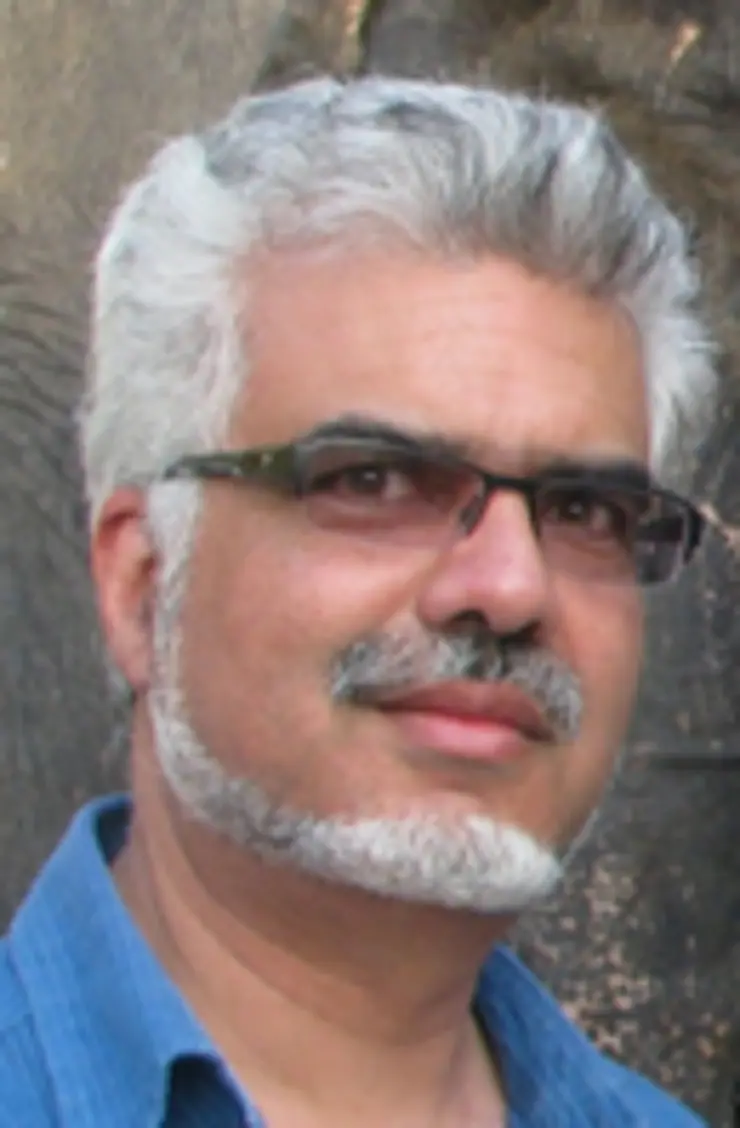Prof. Dr. Aditya Malik

Fellow am Max-Weber-Kolleg
von September 2016 bis August 2017
Forschungsprojekt
The Hammira-Mahakavya. Re-Imagining Hindu-Muslim Histories through Literary Texts
Recent studies on religion in India tend to focus justifiably on the pressing problems of collective religious identities and their ensuing conflicts by debating issues of religious fundamentalism, religious nationalism, the phenomenon of ‘communalism’, and its resultant violence. It is certainly important for scholars to investigate disturbing and divisive aspects of religion in the context of modernization, secularization, and the nation state. However, there is the danger of losing sight of alternative ways of imagining religious identities that in fact facilitate social cohesion and the mutual participation of religious communities. Contrary to the popular political imagination current in certain segments of society in India today as well as in the media, there has and continues to be an intermingling of religious spaces and relationships that challenge the popular antagonistic view. This project asks vari-ous questions within an interdisciplinary framework: What allows shared religious spaces and relationships to emerge, thrive, and inform various personal and social identities? What notions of ‘selfhood’ emerge from the locative and social identifications that go beyond everyday, commonplace representations that are informed by religious, ethnic, and other affiliations, including nationality, and ethnicity? What are the mechanisms through which shared spaces are negotiated in ritual and architecture, in religious, historical and poetical texts, and at sacred sites? While there are ideological and sociological forces that support the expansion of these spaces, there are equally powerful narratives that push toward rigidity and fixity. However, far from the politically motivated segregation of religious communities, the historical and literary spaces that will be examined in this project reflect and/or invite interreligious participation based upon a range of values including mutual respect, loyalty, honour, and friendship. The specific focus of this project is on the story of the 13th century legendary Rajput chieftain Hammira and the shifting religious and political meanings the narrative achieves in different textual, historical, and historiographical contexts, medieval as well as modern. Hammira was the ruler of the fortress of Ranthambore in southern Rajas-than. He died in 1301 CE after a momentous battle against Alauddin Khalji, the Sultan of Delhi who laid siege of the fortress. The primary text that the project will analyze is the 1500 verse Sanskrit poetical work Hammira-Mahakavya (HM) that was composed by the Jaina poet Nayachand Suri in Western India in the 15th century. The purpose of the HM seems to be twofold: It is about composing great poetry of kavya and what we would call ‘history’, i.e., it simultaneously contains the signifiers of a literary and an historical work. Besides the HM, our knowledge of Hammira is also derived from a number of other sources like inscriptions, Persian narrative and textual sources such as the Ghurrat-ul-Kamal of Amir Khusrau (14th century), the Tarikh-i-Firoz Shahi of Ziauddin Barani (14th century), as well as later Hindi and Rajasthani works such as the Hammiraraso of Jodharaja (18th century), Hammirahatha of Chandrashekhara (n.d.), and Hammirayan of Bhandauvyas (15th century). Thus, a singular moment – the battle between Hammira and Alauddin Khalji – reverberates through centuries vertically to the point of simultaneously creating a temporal and cultural region, and a ‘history’ through a crystallization of the event in different texts and languages: Persian chronicles, Sanskrit works, Hindi and Rajasthani ballads, poems and songs, English translations and scholarly works, as well as 20th century historiography grounded in Hindu nationalist thought.

